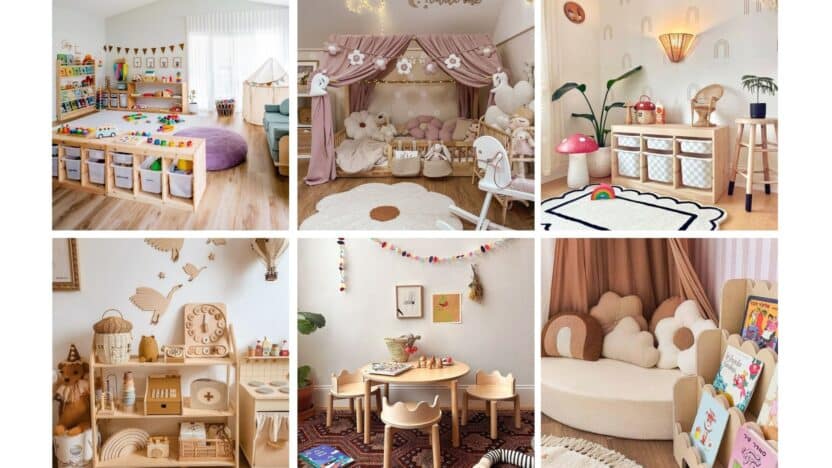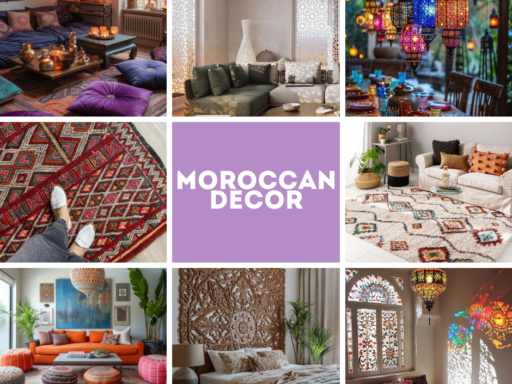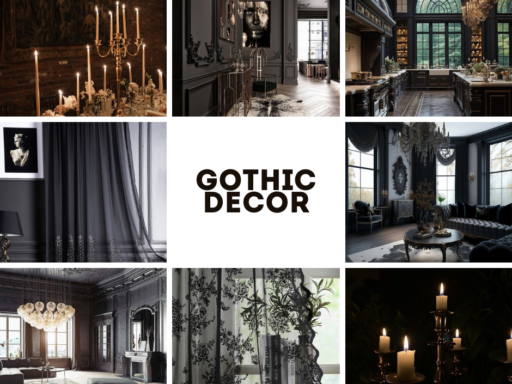Creating a space for your child is one of the most exciting and rewarding projects for any parent or guardian. It’s more than just slapping some paint on the walls and throwing in a bed; it’s about crafting an environment that nurtures their growth, sparks their imagination, and offers a safe haven for play, learning, and rest. Awesome kids room decor transcends mere aesthetics; it’s a strategic blend of playful design and practical functionality, designed to evolve as your child does.
Think about it: a child’s room is their universe. It’s where they dream big, build fortresses, draw masterpieces, and explore the boundaries of their creativity. From the vibrant hues that line the walls to the cleverly designed storage solutions, every element contributes to their development and happiness. This isn’t just about making it look cute; it’s about building a foundation for their world.
Here’s a quick look at the journey we’re about to embark on:
Pros and Cons
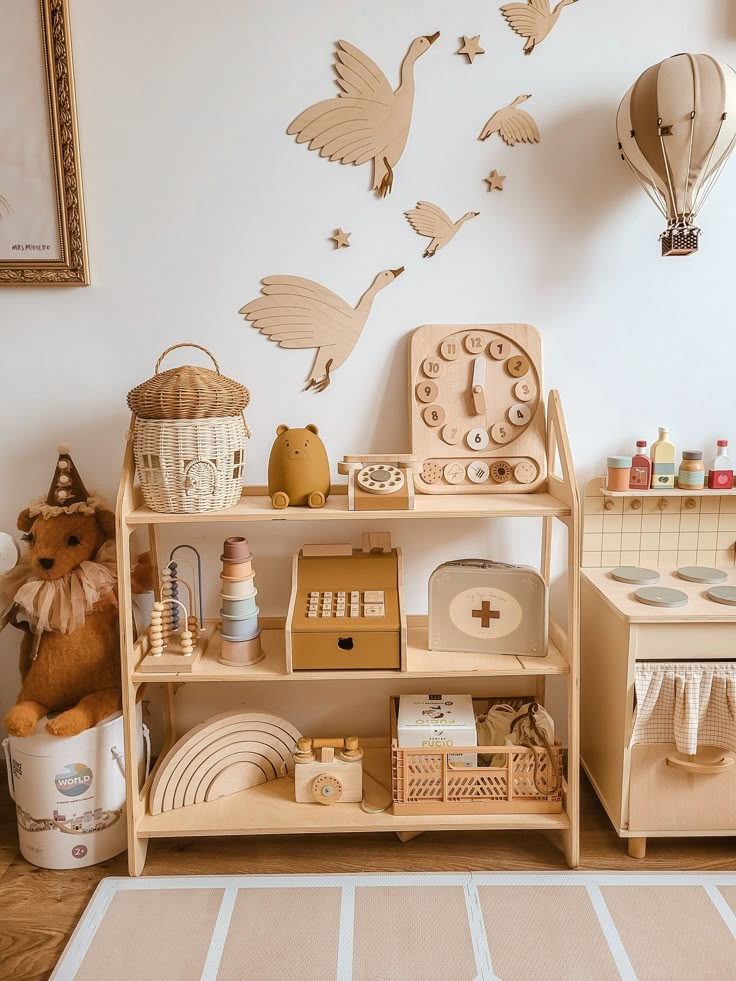
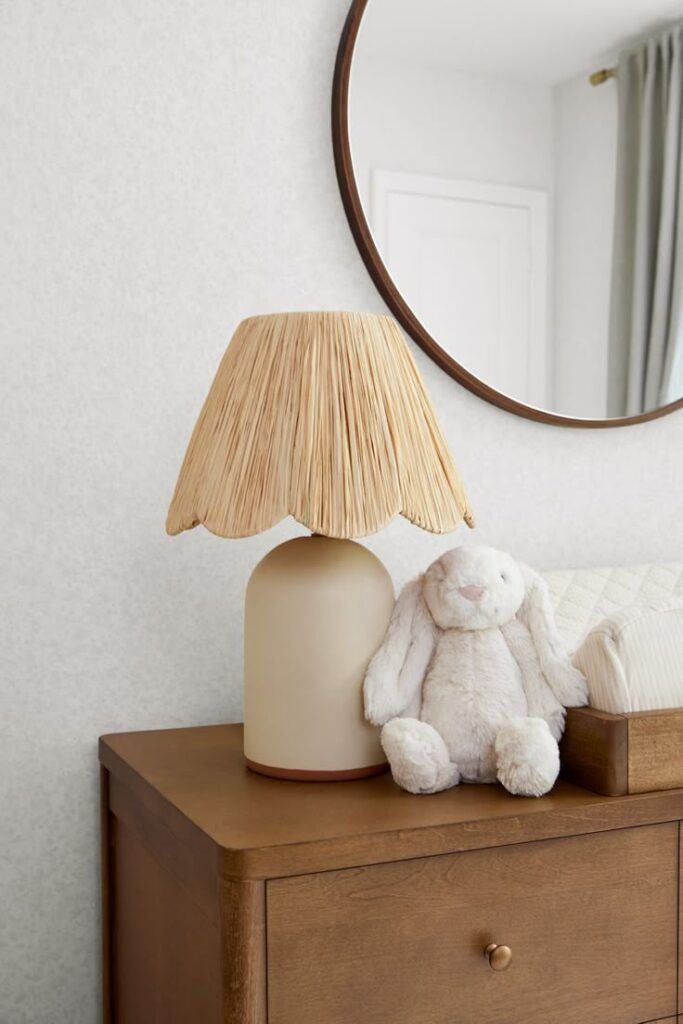
Designing a child’s room comes with its own set of unique joys and challenges. Understanding these upfront can help you navigate the process more smoothly and make informed decisions.
| Pros | Cons |
|---|---|
| – Fosters creativity and imagination | – Child’s tastes change rapidly |
| – Provides a dedicated space for learning and play | – Can be costly if not planned well |
| – Enhances organization and independence | – Requires constant decluttering |
| – Creates a sense of security and belonging | – Potential for safety hazards |
| – Allows for personalization and self-expression | – Limited space can be challenging |
Understanding Your Child’s World: Age-Appropriate Design

The first rule of amazing kids room decor? Know your audience! A nursery for a newborn will look vastly different from a teenager’s hangout zone. Tailoring the space to your child’s developmental stage is crucial for both safety and engagement.
Newborns & Infants: Serenity and Sensory Stimulation
For the tiniest residents, their room is all about comfort, safety, and gentle stimulation.
- Color Palette: Soft, soothing colors like pastels, gentle grays, or warm neutrals create a calming atmosphere conducive to sleep and relaxation. A study published in the Journal of Environmental Psychology highlighted the calming effect of certain colors.
- Safety First: Cribs should meet current safety standards. Ensure no dangling cords from blinds, and use wall-mounted shelves for decor rather than floor-standing ones that could tip over.
- Sensory Elements: Mobiles with gentle movements, soft rugs for tummy time, and subtle patterns can provide early sensory engagement without overstimulation. Think about soft lighting options and sound machines for peaceful sleep.
Toddlers: Exploration and Safety
As soon as they’re on the move, your toddler’s room transforms into a playground.
- Low-Level Exploration: Furniture should be sturdy and low to the ground. Think about a floor bed or a toddler bed that’s easy for them to get in and out of.
- Soft Play Zones: A soft rug, beanbags, or floor cushions create safe landing spots for inevitable tumbles.
- Childproofing: Outlet covers, furniture anchored to walls, and gates at the door (if needed) are non-negotiable. Rounded edges on furniture can prevent bumps and bruises.
- Accessible Storage: Low bins and open shelves encourage toddlers to pick up their toys, fostering early independence.
Preschoolers: Creativity and Imagination
This is when imagination truly blossoms. Their room should be a stage for their burgeoning creativity.
- Art Station: A small table and chairs, an easel, or a designated wall for displaying their masterpieces (think a magnetic board or clip wires) are excellent additions.
- Themed Play: Incorporate elements of their favorite stories or characters. A simple teepee can become a castle, a rocket ship, or a secret hideout.
- Reading Nook: A cozy corner with a comfy chair, cushions, and accessible bookshelves encourages a love for reading.
- Flexible Space: Keep open areas for imaginative play. Large blocks, dress-up clothes, and toy kitchens will see endless adventures here.
School-Aged Kids: Learning and Personal Space
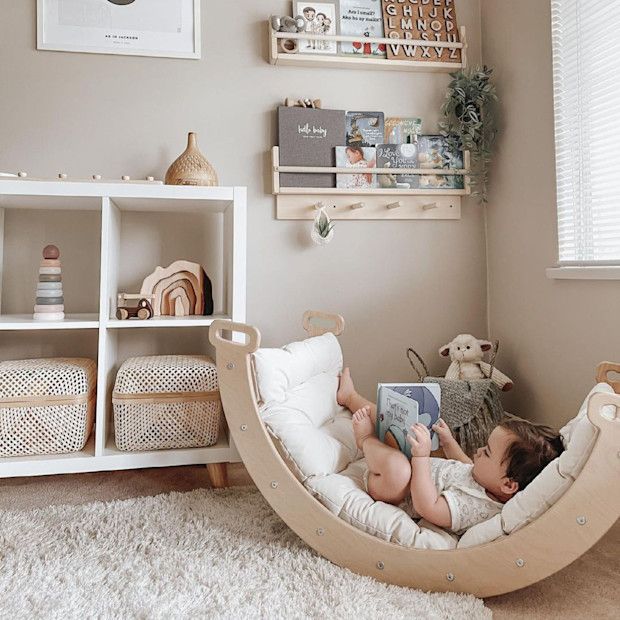
As they head to school, their room needs to adapt to new routines and growing interests.
- Dedicated Study Zone: A desk, comfortable chair, and good lighting are essential for homework and projects. Keep school supplies organized.
- Hobby Display: Shelves for displaying collections, awards, or artwork celebrate their achievements and interests.
- Personalization: Allow them more say in their decor. This is where their unique personality really starts to shine through. Posters, favorite colors, or themed bedding can make the space truly theirs.
- Storage for More: Books, school supplies, and hobby materials require varied storage solutions.
Pre-Teens & Teens: Self-Expression and Functionality
Gone are the days of whimsical themes. This is about making their room a reflection of who they are and a functional space for their evolving needs.
- Self-Expression: Empower them to choose their decor, within reason. Murals, gallery walls, string lights, and specific color schemes become statements of their identity.
- Study Haven: A comfortable and well-lit desk area is more important than ever for focused study. Consider ergonomic chairs and ample storage for school supplies and electronics.
- Social & Relaxation Zones: A beanbag, a small couch, or extra floor cushions can create a hangout spot for friends. A comfortable bed becomes a sanctuary.
- Tech Integration: Plan for charging stations and cable management for their devices.
- Less “Kid-Like” Decor: Opt for more mature, sophisticated designs that still feel personal. Consider modern minimalist aesthetics or industrial chic, depending on their preference.
The Power of Playful Design Elements
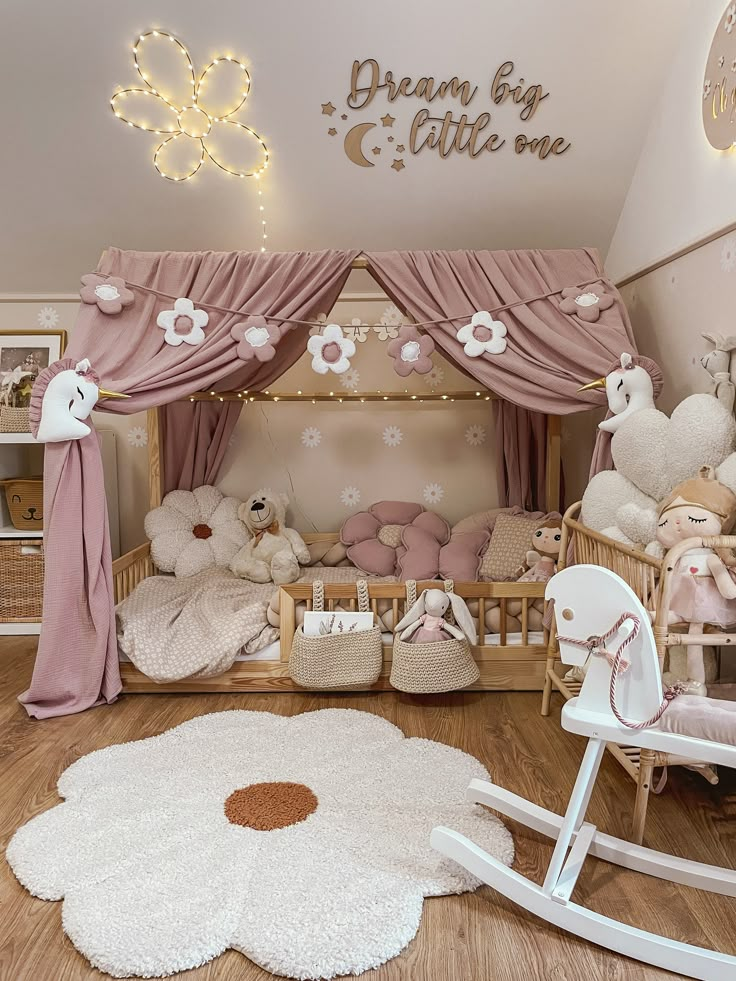
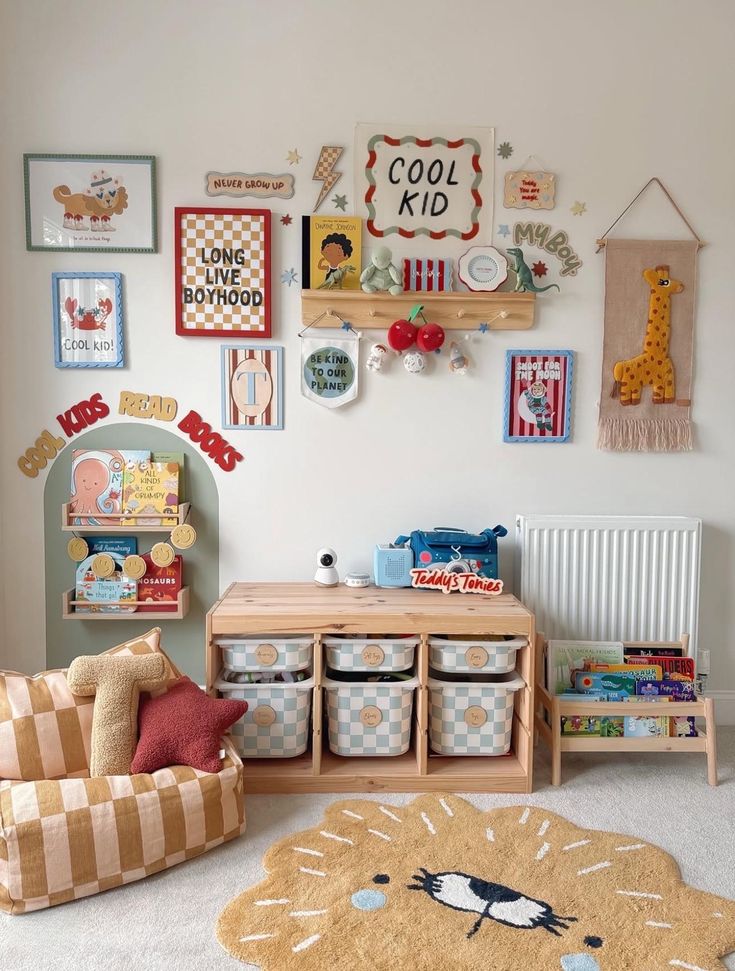
Once you understand your child’s age and needs, it’s time to infuse the space with fun and personality. This is where awesome kids room decor truly comes alive!
Themes that Ignite Imagination
A well-chosen theme can transform a room from ordinary to extraordinary, acting as a backdrop for countless adventures.
- Nature Explorer: Bring the outdoors in with forest murals, animal prints, and leafy accents. Think tree-stump stools or a canopy bed that feels like a den.
- Cosmic Adventure: Stars, planets, rockets, and constellations can cover walls and ceilings. Glow-in-the-dark stickers are a classic touch.
- Under the Sea: Ocean hues, fish motifs, and even a mermaid scale wallpaper can create an aquatic wonderland.
- Fantasy Kingdom: Castles, dragons, fairies, and magical forests inspire epic tales and heroic quests. A themed bed can be a focal point.
- Sporting Arena: For the little athlete, integrate team colors, sports equipment as decor, and perhaps a mini-basketball hoop.
Choosing the Right Color Palette
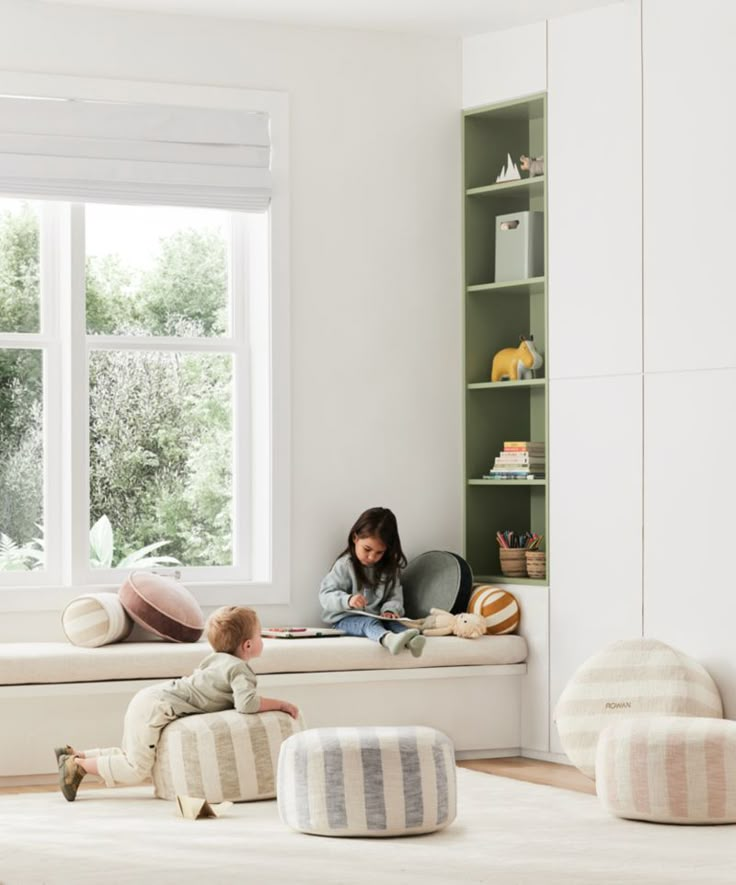
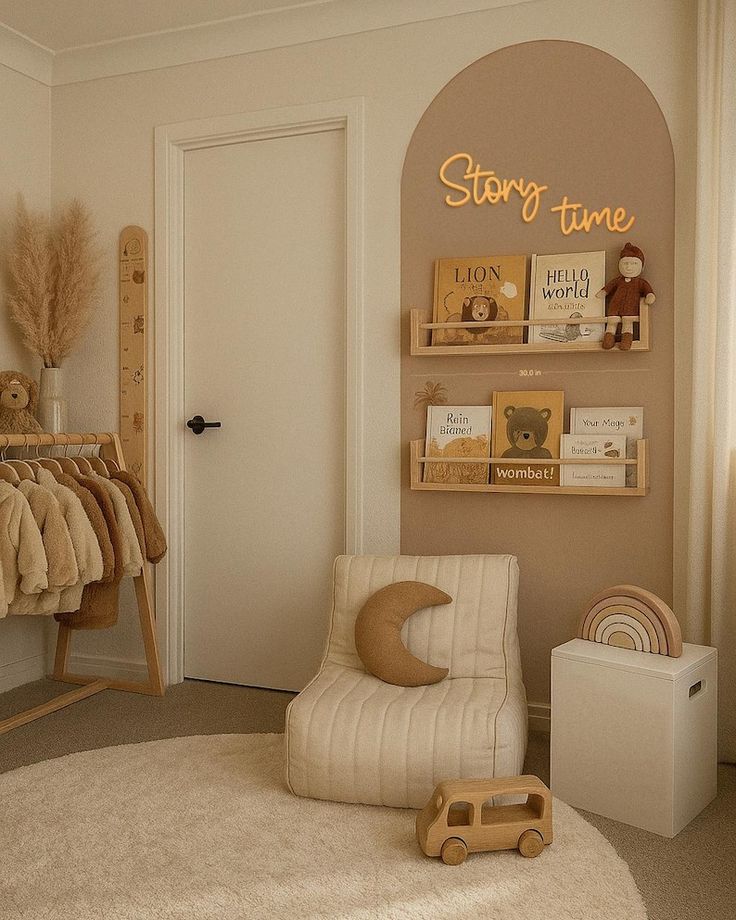
Colors have a profound impact on mood and energy. When it comes to kids’ rooms, the right palette can create a joyful, stimulating, or calming environment.
- Bright & Energetic: Reds, oranges, and yellows can stimulate activity and creativity. Use them as accents or for play areas. For more insight into how colors affect mood, check out this interesting article on color meaning.
- Calm & Soothing: Blues, greens, and purples are known for their calming effects, perfect for sleep zones or quiet reading corners.
- Neutrals with Pops: A base of white, gray, or beige provides a versatile canvas, allowing you to introduce vibrant colors through accessories, bedding, and artwork that can be easily changed as tastes evolve.
- Consider Color Psychology: While bright colors are fun, too much can be overstimulating. Balance is key. A vibrant accent wall paired with neutral tones can strike the perfect balance.
Furniture that Fosters Fun
Kids’ furniture should be durable, safe, and ideally, multi-functional.
- Bunk Beds & Loft Beds: Excellent for maximizing space in shared rooms or providing an extra play area underneath. Many come with built-in desks or storage.
- Beanbags & Floor Cushions: Flexible seating options that are comfortable, lightweight, and perfect for reading or lounging.
- Activity Tables: A dedicated table for crafts, puzzles, or board games encourages hands-on play.
- Whimsical Pieces: A bed shaped like a car, a house, or a boat can become the ultimate centerpiece, turning sleep time into an adventure.
- Chalkboard or Whiteboard Furniture: Some desks or cabinets come with surfaces children can draw on, combining utility with creative expression.
Practicality Meets Creativity: Storage & Organization
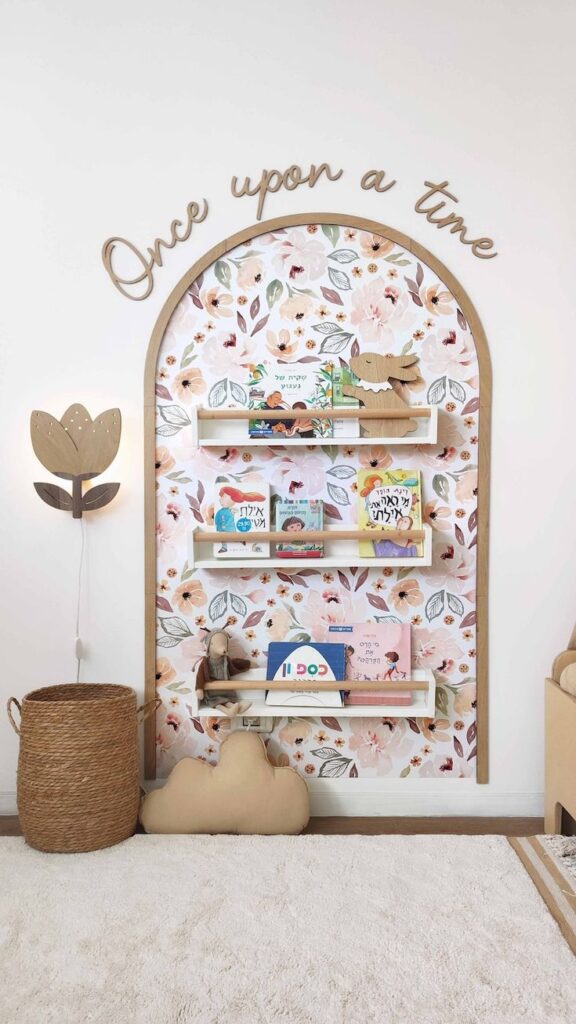
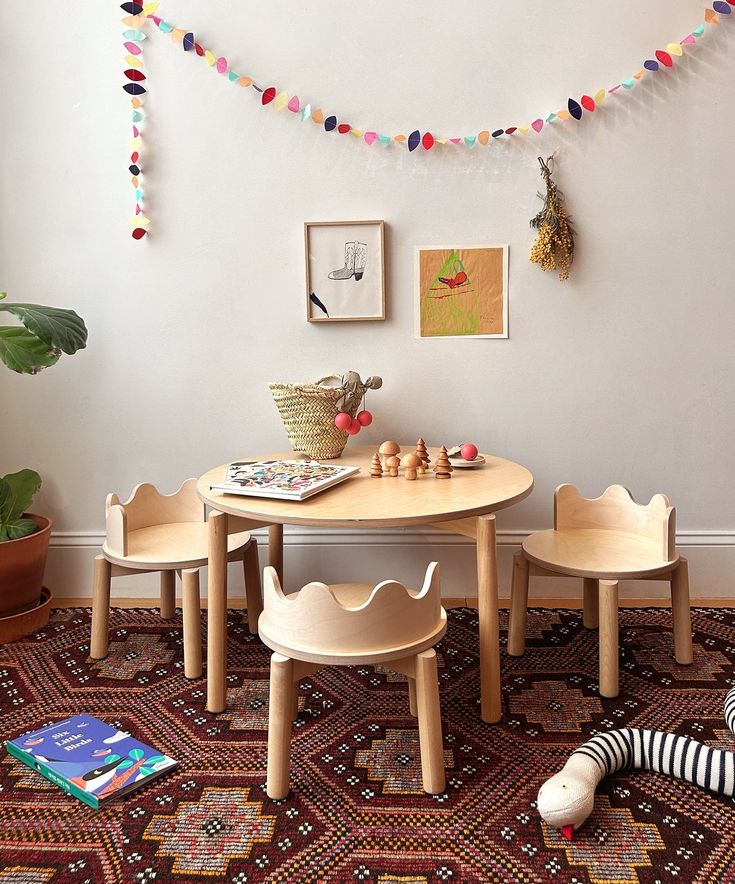
A kids’ room can quickly become a chaotic jungle of toys, clothes, and books. Smart storage is not just practical; it teaches children valuable organizational skills and keeps the space functional.
Smart Storage Solutions
Every item needs a home. Think vertically, think multi-purpose.
- Built-in Shelving: Maximize wall space, especially around windows or beds. Built-ins offer a seamless look and can hold books, decor, and small toys.
- Under-Bed Storage: Pull-out drawers or large bins on wheels are perfect for toys, seasonal clothes, or extra bedding, keeping clutter out of sight.
- Wall-Mounted Bins & Baskets: Ideal for small items like art supplies, stuffed animals, or even dress-up accessories. They free up floor space and add a decorative touch.
- Toy Chests & Bins: Classic solutions for larger toys. Opt for soft-sided bins for safety, or chests with soft-close hinges.
- Cubbies & Compartmentalized Units: Great for organizing different types of toys or school supplies, making it easy for kids to find what they need and put it back.
- Closet Organizers: Maximize closet space with adjustable shelves, hanging organizers, and shoe racks. Consider child-height rods to encourage independence.
Making Organization a Game
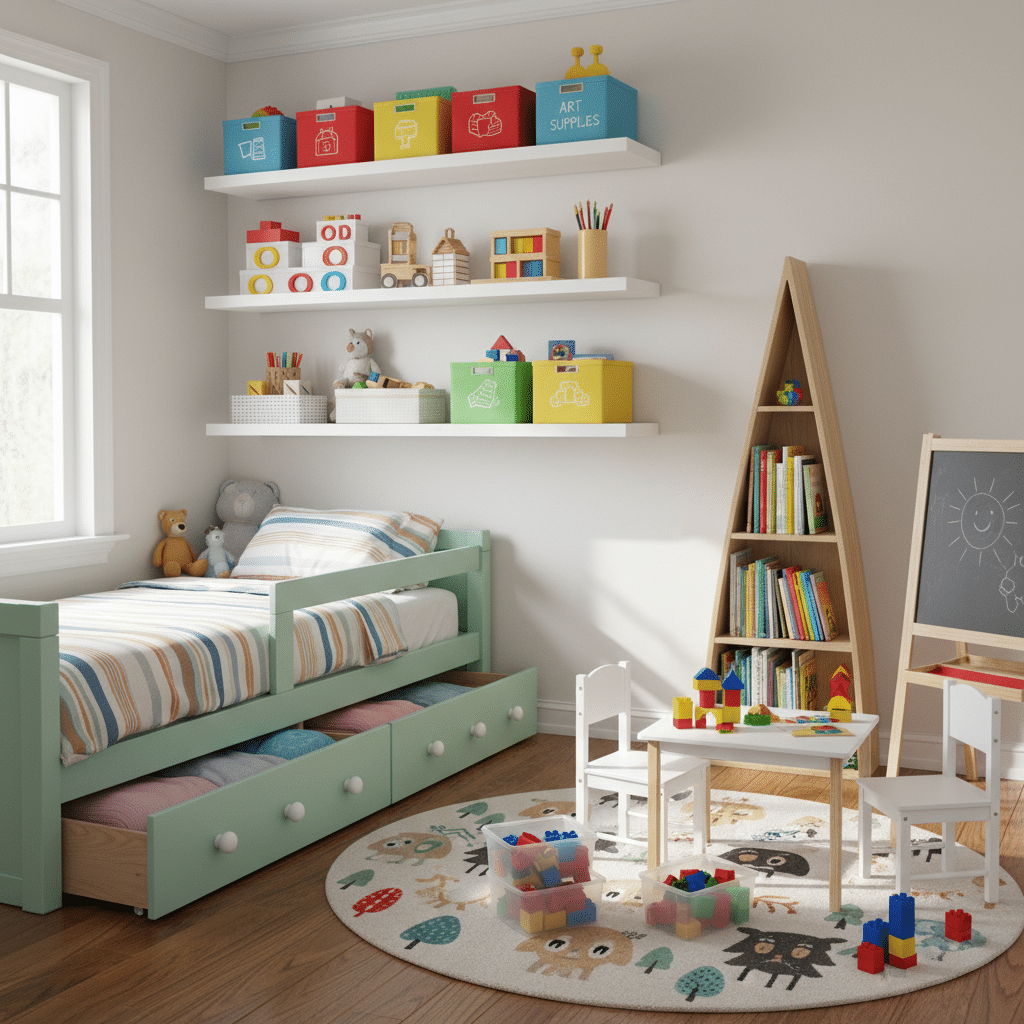
Turn tidying up into a fun activity, not a chore.
- Label Everything: Use picture labels for younger children and word labels for older kids. Knowing where things belong makes cleanup much easier.
- Color-Coded Bins: Assign a color to different toy categories (e.g., red for blocks, blue for cars). This visual cue helps kids sort and put away their belongings.
- “Toy Rotation” System: Keep some toys in storage and rotate them periodically. This prevents overwhelming clutter and makes old toys feel new again.
- Accessibility: Ensure storage is at your child’s height. If they can reach it, they’re more likely to use it.
- “Tidy Up Time” Songs/Games: Incorporate music or a quick game into the cleanup routine. Set a timer and see how much they can put away before it goes off.
Safety First: A Non-Negotiable Aspect
No matter how beautiful or fun a room is, safety must always be the top priority. This is especially true for kids room decor.
- Anchor Furniture: Dressers, bookshelves, and other heavy furniture must be anchored to the wall to prevent tip-overs, which are a leading cause of injury.
- Cord Management: Keep blind and curtain cords out of reach or use cordless options. Secure all electrical cords to prevent tripping hazards or strangulation risks.
- Non-Toxic Materials: Choose paints, finishes, and fabrics that are non-toxic and free from harmful chemicals (VOCs, BPA, phthalates). Look for certifications like GREENGUARD Gold.
- Rounded Edges: Opt for furniture with rounded corners or use corner protectors to prevent injuries.
- Window Safety: Install window guards or stops to prevent falls from open windows, especially in rooms on upper floors.
- Safe Lighting: Use shatterproof lightbulbs and ensure lamps are stable. Avoid floor lamps that can be easily knocked over by active children.
- Rug Grips: Secure area rugs with non-slip pads to prevent slips and falls.
- Door Stops & Finger Guards: Prevent pinched fingers with door stoppers and hinge guards.
- Ventilation: Ensure good air circulation to maintain a healthy environment and prevent mold.
DIY Touches & Personalization
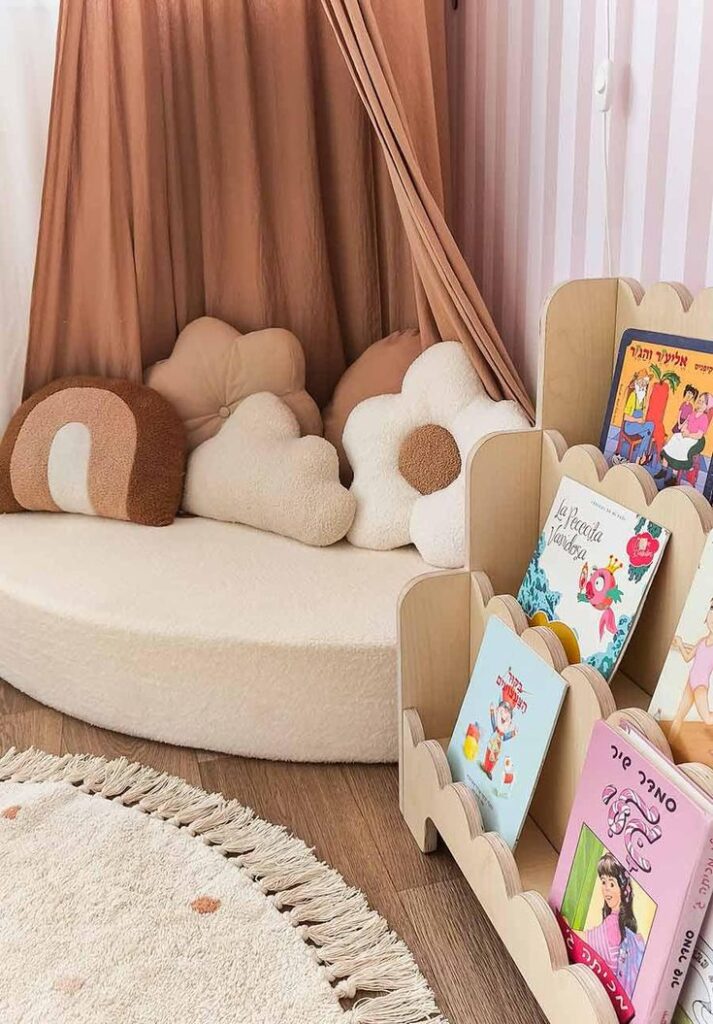
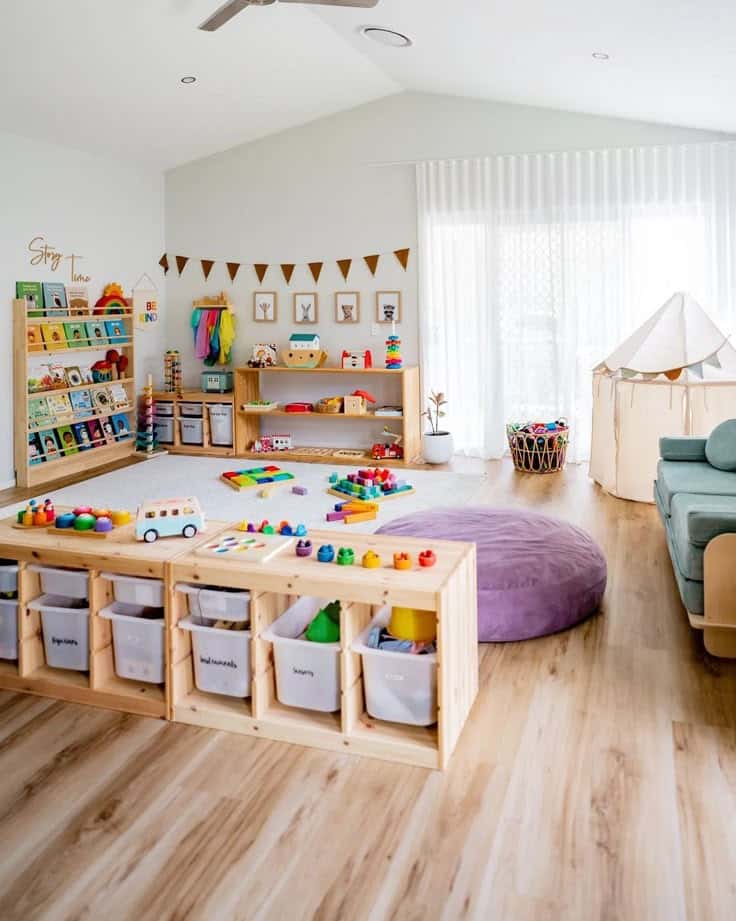
Adding handmade elements and personal touches makes a child’s room truly unique and fosters a sense of ownership. Plus, it can be a great way to save money!
Creative DIY Projects
Unleash your inner crafter and involve your child in these fun projects.
- Custom Wall Art: Paint a mural, create a gallery wall with your child’s drawings, or frame fabric swatches for a pop of color. You could even create easy DIY gifts that look expensive to adorn the walls.
- Painted Furniture: Give an old dresser or bookshelf a new life with a fresh coat of paint, stencils, or fun patterns. This is a budget-friendly way to match your theme.
- Growth Chart: Create a personalized growth chart on a piece of wood or canvas. It’s a cherished keepsake and a functional decor item.
- Personalized Storage Bins: Decorate plain storage bins with your child’s name, favorite characters, or colorful designs.
- DIY Canopy/Reading Nook: Drape fabric over a curtain rod or hula hoop suspended from the ceiling to create a magical canopy over a bed or a cozy reading nook.
- Upcycled Decor: Turn old items into new treasures. For example, a vintage suitcase could become storage for dress-up clothes.
- Plant Power: Incorporating a few child-safe plants can add freshness and a touch of nature to the room. If you need some inspiration, check out these top 5 tips for decorating with plants.
Involving Your Child

Giving your child a say in their room’s decor empowers them and makes them feel invested in their space.
- Color Choices: Offer a few pre-approved color swatches and let them pick their favorite.
- Theme Input: Ask them what they dream of their room being. A “superhero lair” or “fairy garden” can guide your design choices.
- Accessory Selection: Let them choose their bedding, a new lamp, or a piece of wall art.
- DIY Participation: Even young children can help with simple tasks like choosing paint colors for a project, picking out fabric, or gluing embellishments. This involvement helps them build confidence and creativity.
Future-Proofing Your Kids’ Room
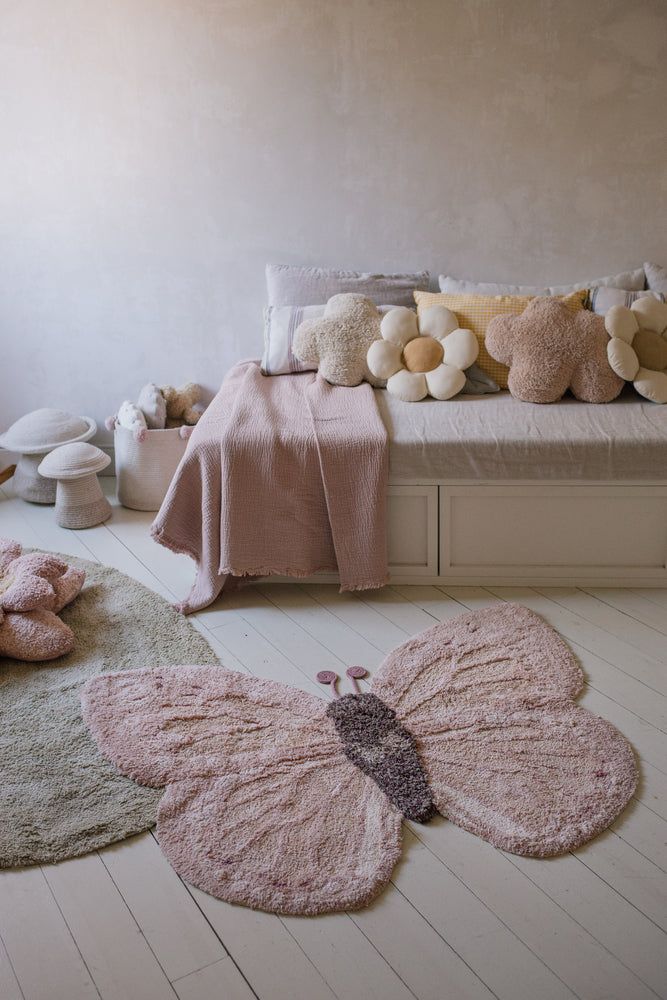
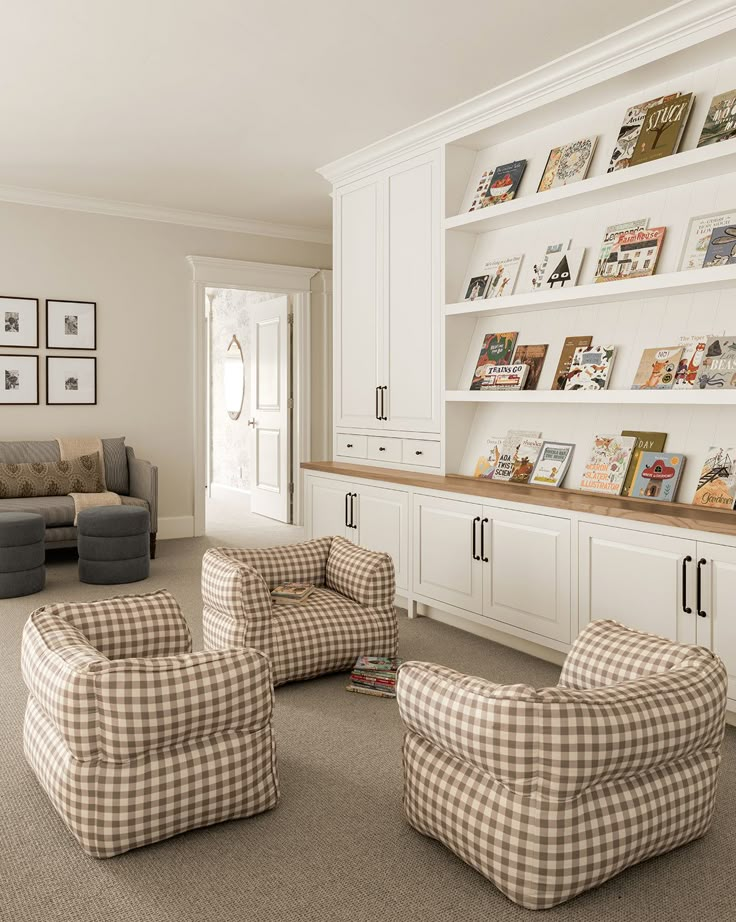
Kids grow fast, and their interests change even faster. Designing a room that can adapt and evolve will save you time, money, and headaches down the road. This is a smart investment in your kids room decor.
- Neutral Base: Start with neutral walls, flooring, and larger furniture pieces (like dressers or bed frames). This provides a timeless foundation that can be easily updated with accessories.
- Modular Furniture: Choose furniture that can be reconfigured or repurposed. A changing table that converts into a dresser, or a crib that transforms into a toddler bed and then a full-sized headboard, are excellent examples.
- Flexible Layouts: Design a room that allows for different furniture arrangements as needs change. Open floor plans with movable furniture provide this flexibility.
- Timeless Decor Elements: Instead of a hyper-specific theme, opt for broader concepts that can grow. For example, a “nature” theme can evolve from cute animals to botanical prints as they age. Avoid trends that might quickly become dated. For ideas on what to avoid, you might find this article on what is not fashionable in interior design now helpful.
- Storage that Adapts: Choose storage solutions that can hold different types of items. A cube organizer can hold toy bins today and books and school supplies tomorrow.
- Quality Over Quantity: Invest in durable, well-made furniture that will withstand years of use and can even be passed down or repurposed.
Bringing it All Together: A Design Checklist

Ready to transform that room? Here’s a checklist to help you create an awesome kids room decor plan that is both playful and practical.
- Define the Purpose: What will the primary functions of this room be? (Sleep, play, study, relaxation).
- Consider the Child’s Age & Personality: What are their current developmental needs and interests? How can the room reflect their individuality?
- Set a Budget: Determine how much you’re willing to spend. This will guide your choices for furniture, decor, and DIY projects.
- Measure the Space: Get accurate measurements of the room, including windows, doors, and any built-in features.
- Sketch a Layout: Plan where furniture will go. Consider traffic flow, safety, and functionality.
- Choose a Theme/Color Palette: Decide on a general aesthetic. Will it be vibrant and stimulating, or calm and serene?
- Prioritize Safety: List all safety measures you need to implement (furniture anchoring, cord management, non-toxic materials).
- Plan Storage: Identify storage needs and solutions. How will toys, clothes, and books be organized?
- Select Furniture: Choose pieces that are age-appropriate, durable, safe, and ideally, multi-functional.
- Add Lighting: Plan for ambient, task, and accent lighting. Consider dimmer switches.
- Incorporate Personal Touches: Think about DIY projects, photos, artwork, and elements that make the room unique to your child.
- Future-Proofing: How can elements be updated or adapted as your child grows?
- Create a Shopping List: Break down everything you need to buy or make.
- Involve Your Child: Where appropriate, let them make choices to foster ownership.
Conclusion

Designing a child’s room is a truly special endeavor. It’s about more than just aesthetics; it’s about crafting a dynamic, inspiring, and safe environment that supports their growth, sparks their imagination, and provides comfort. By blending playful elements with practical solutions and always keeping safety at the forefront, you create a space where memories are made, dreams are born, and adventures unfold.
From the whimsical themes that ignite their creativity to the clever storage that keeps chaos at bay, every decision in kids room decor contributes to their well-being. Remember to involve your child in the process, allowing their personality to shine through, and design with an eye toward the future so their special space can evolve right alongside them.
So, take a deep breath, embrace the fun, and start planning that amazing room today. Your child’s smile when they see their personalized sanctuary will be the most rewarding decor of all.


